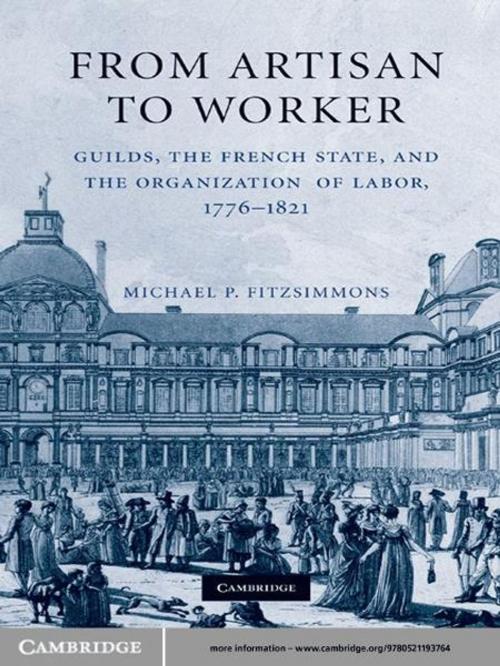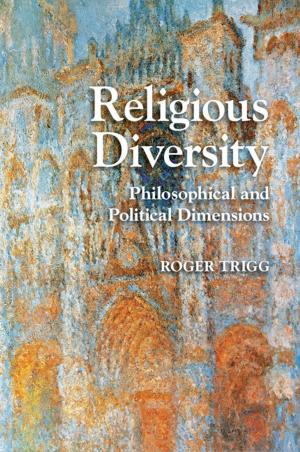From Artisan to Worker
Guilds, the French State, and the Organization of Labor, 1776–1821
Nonfiction, History, European General, Business & Finance| Author: | Michael P. Fitzsimmons | ISBN: | 9780511847318 |
| Publisher: | Cambridge University Press | Publication: | March 8, 2010 |
| Imprint: | Cambridge University Press | Language: | English |
| Author: | Michael P. Fitzsimmons |
| ISBN: | 9780511847318 |
| Publisher: | Cambridge University Press |
| Publication: | March 8, 2010 |
| Imprint: | Cambridge University Press |
| Language: | English |
From Artisan to Worker examines the largely overlooked debate over the potential reestablishment of guilds that occurred from 1776 to 1821. The abolition of guilds in 1791 overturned an organization of labor that had been in place for centuries. The disorder that ensued - from concerns about the safety of the food supply to a general decline in the quality of goods - raised strong doubts about their abolition and sparked a debate both inside and outside of government that went on for decades. The issue of the reestablishment of guilds, however, subsequently became intertwined with the growing mechanization of production. Under the Napoleonic regime, the government considered several projects to restore guilds in a large-scale fashion, but the counterargument that guilds could impede mechanization prevailed. After Bonaparte's fall, the restored Bourbon dynasty was expected to reorganize guilds, but its sponsorship of an industrial exhibition in 1819 signaled its endorsement of mechanization, and after 1821 there were no further efforts to restore guilds during the Restoration.
From Artisan to Worker examines the largely overlooked debate over the potential reestablishment of guilds that occurred from 1776 to 1821. The abolition of guilds in 1791 overturned an organization of labor that had been in place for centuries. The disorder that ensued - from concerns about the safety of the food supply to a general decline in the quality of goods - raised strong doubts about their abolition and sparked a debate both inside and outside of government that went on for decades. The issue of the reestablishment of guilds, however, subsequently became intertwined with the growing mechanization of production. Under the Napoleonic regime, the government considered several projects to restore guilds in a large-scale fashion, but the counterargument that guilds could impede mechanization prevailed. After Bonaparte's fall, the restored Bourbon dynasty was expected to reorganize guilds, but its sponsorship of an industrial exhibition in 1819 signaled its endorsement of mechanization, and after 1821 there were no further efforts to restore guilds during the Restoration.















